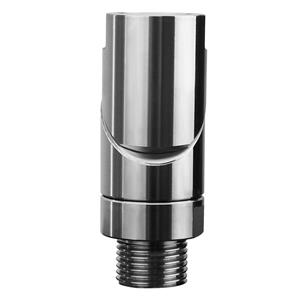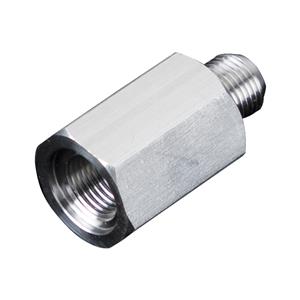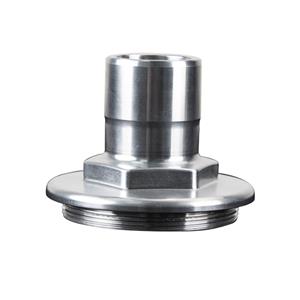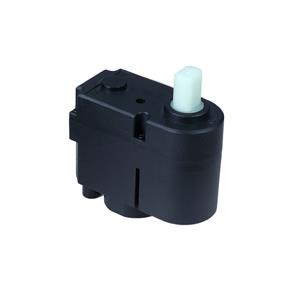Stamping Process's History
Stamping Process's History
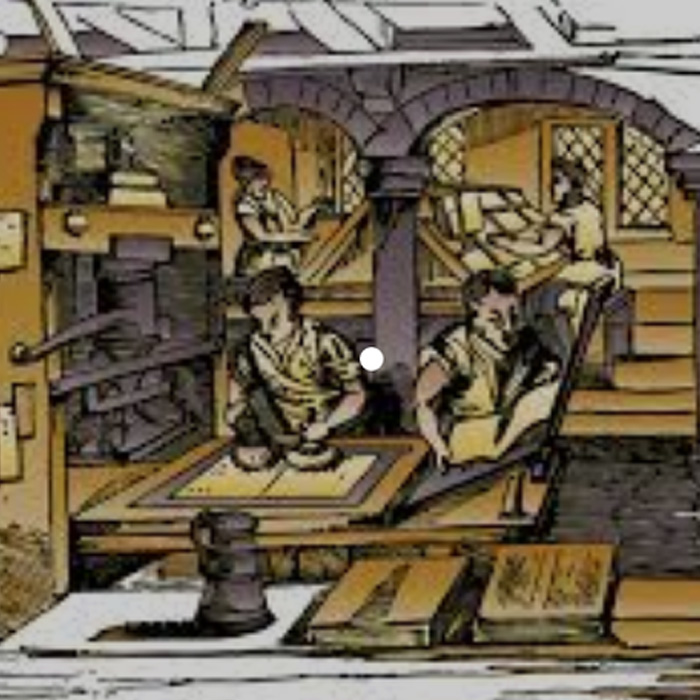
The earliest examples of metal stamping that we have date back to the 7th century BC and were created by a group of people known as the Lydians. They minted (without a cover) coins by placing pieces of gold or gold alloys between a die with one image and a stamp with another. Once the metal was in place, they would strike the entire tool and die assembly with hammers.
People continued to use this metal stamping method until a German silversmith named Marx Schwab invented a metal press to work in conjunction with the dies. It was quite large and could be operated by up to 12 workers at a time. His invention first appeared in 1550 and later became known as the screw press. Metal stamping truly came into play during the Industrial Revolution when manufacturers started using the process to produce bicycle parts. Manufacturers found it to be both cost-effective and efficient, leading to widespread adoption of metal stamping. Around the turn of the 20th century, Henry Ford turned to metal stamping for producing parts of his Model T cars.
Since then, the metal stamping process hasn't changed much, except for automation, power sources (electric, pneumatic, hydraulic, etc.), and the materials available for stamping.
Today, metal stamping has permeated our society, especially in the automotive industry. In 2014, the valuation of the automotive stamping industry exceeded $31 billion. Additionally, it is expected that the compound annual growth rate (CAGR) for the electronic stamping industry will reach 5.4% by 2022. Needless to say, now is a good time to invest in metal stamping.

